Alcatraz Prison – Infamous History, Inmates, & 3 Intriguing Attractions

Updated On: November 08, 2023 by Courtney Augello
Alcatraz Prison has been the subject of stories and legends for centuries. People around the world know the tales and visit California to explore the prison for themselves. From stories about the USA’s most infamous criminals to guest speaker presentations, Alcatraz Prison is a fantastic tourist attraction.

To truly admire a trip to Alcatraz Prison, it is important to know the history of the island and how it came to be the museum it is today. To help you get the best experience, we’ve done a deep dive into the history, inmates, and attractions at Alcatraz Prison.
Table of Contents
History of Alcatraz Prison
Civil War Era
The first recorded owner of Alcatraz Island was a Mexican workman. He was given the land by the Mexican government and tasked with installing a lighthouse. After the lighthouse was built, the US government purchased the land from him.
When the United States took control of California during the Mexican-American War, the government decided to build a military base on the island. During the civil war, the base protected the San Francisco Bay area and captured Confederate soldiers were imprisoned there. At the peak of the war, as many as 450 soldiers were stationed on the island.
At the end of the Civil War, the fort on Alcatraz Island needed to be renovated and modernised. Plans were set in place to level the buildings on the island and build underground tunnels for any future attacks. However, these plans never materialised.

Instead, the US government decided to focus on detainment rather than defence at Alcatraz. Jailhouses and cell blocks were constructed to detain military prisoners. Alcatraz Prison was used extensively during the Spanish-American War, and inmate numbers rose to nearly 500.
The last people detained at Alcatraz Prison were conscientious objectors during World War I. Any men who were drafted and refused to serve in the war were sent to the island.
U.S. Penitentiary Alcatraz
Alcatraz Island was converted into a federal prison in 1934. FBI agents and US Marshals escorted the first prisoners to Alcatraz Island. The prison was dedicated to high-security inmates, and most criminals there were tried for robbery and murder.
Criminals were transferred to Alcatraz if they continuously caused problems at other federal prisons. It was considered a last resort for the US Department of Justice, and the inmates were deemed unable to be rehabilitated.
Strict rules were instilled at Alcatraz Prison for nearly its entire existence. A near-permanent code of silence was in effect for all inmates, shoes were not permitted in the cells, and they weren’t allowed more than one blanket on their bed.

Prisoners who followed the rules and exhibited good behaviour were allowed to work different jobs around the prison. Different jobs included laundry, sewing, woodworking, and performing maintenance around the island.
Due to its isolated location on the water and highly-trained guards, many considered Alcatraz Prison to be completely escape-proof. However, they would find that many prisoners were able to break out of their cells and sneak past the guards.
The prison was open for 29 years before being shut down in 1963. There were many reasons for its closure. The saltwater from the San Francisco Bay had eroded the buildings, it was very expensive to run, and a handful of prisoners were able to escape.
When it closed, prisoners still at Alcatraz Prison were relocated to other federal penitentiaries across the country.
Indian Occupation & Red Power Movement
Native Americans began occupying Alcatraz Island in 1964, just one year after the prison closed. The group comprised mostly college students and acted under the name United Indians of All Tribes. They occupied the island to protest federal policies regarding Native American Indians.

The occupation and protest lasted nearly 2 years. During this time, the United Indians of All Tribes demanded that new educational, cultural, and social buildings be constructed. In addition, many of the current buildings on the island were damaged or destroyed. Graffiti from the protests can still be seen on Alcatraz Island today.
Infamous Alcatraz Prison Inmates
Alcatraz is famously known for imprisoning some of the worst criminals in US history due to the high security and strict nature of the prison. The most famous prisoner was Al Capone, the Chicago Outfit mob boss. He was known to manipulate wardens into giving him special treatment but was unable to at Alcatraz.
Alvin Francis Karpavicz was a 1930s gang leader. His crimes were so severe that he was deemed Public Enemy #1 and was escorted to Alcatraz Prison personally by President Hoover. He served 26 years at Alcatraz, the longest time of any federal prisoner.
Robert Franklin Stroud was a murderer who was transferred to Alcatraz Prison after he killed a guard at a different federal penitentiary. While he was in prison, he kept birds in his cell. He was a self-taught bird expert and went by the nickname Birdman of Alcatraz. He even wrote books on the subject that are highly regarded today.
Prison Life & Escape Attempts at Alcatraz Prison
Life as an inmate at Alcatraz Prison was very hard. The rules and wardens were extremely strict, the prisoners had no privacy, and they faced physical abuse. It is no wonder why many tried to escape.
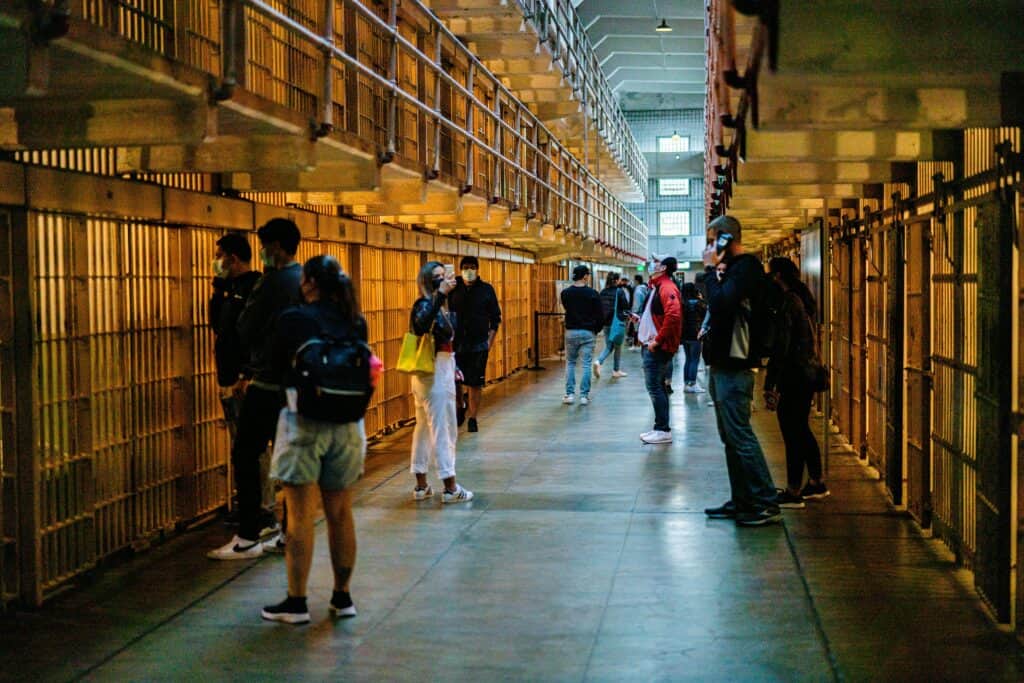
First Escape Attempts
In total, 14 escape attempts were made by 36 prisoners. The first recorded escape attempt occurred in 1936 by a prisoner tasked with burning garbage from the cells. He broke out of the jail and was climbing the perimeter fence when he was caught.
The second escape attempt happened one year later, in 1937. Two inmates cut the iron bars that sealed the windows and climbed out of the prison. They were never found, but wardens assumed they perished in the bay due to the stormy weather.
The Battle of Alcatraz
The most violent escape attempt in Alcatraz Prison’s history took place in May 1946. This attempt was extensively planned after an inmate noticed holes in the jail’s security. He worked with 5 other inmates to come up with a strategy to break out.
The mastermind behind the plan initiated the escape attempt by overpowering a warden while a co-conspirator was being frisked. The two released the other 4 inmates working with them and then snuck into the gun gallery before taking down another guard.
They released approximately 10 other prisoners to cause a chaotic distraction. Their plan was to steal a key, run outside, and escape via a boat at the dock. However, when they held up an officer and demanded the key, the prisoners were deceived.
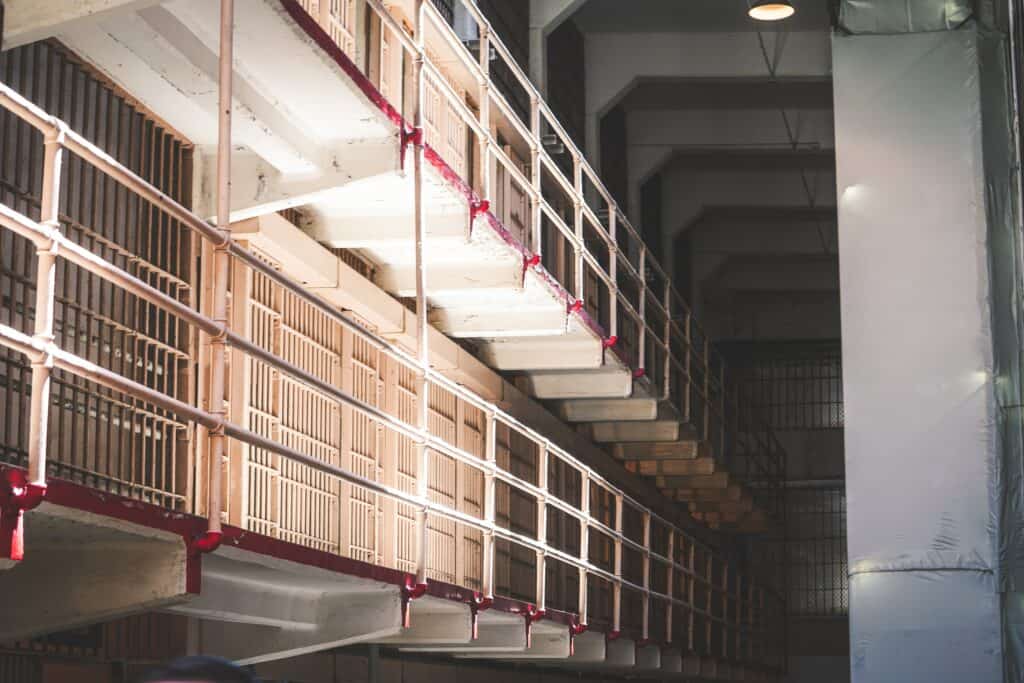
The officer gave the group every key except the one to the outside door. After realising that there was no escape, the 6 prisoners began fighting the wardens. 2 guards were killed before 3 of the inmates surrendered.
The remaining 3 inmates were committed to fighting their way out. US Marines were called to Alcatraz Prison to help the wardens against the inmates. The Marines killed the inmates and restored order at the prison.
The entire battle lasted 2 days, and 18 others were injured during the firefight. Video footage of the escape attempt and fight survived and is viewable today. The violence shown by the 6 inmates was unheard of for the time and was not replicated during other escape attempts.
June 1962 Escape
The June 1962 escape attempt from Alcatraz Prison is the most famous escape attempt in the world. 4 inmates who knew each other from other federal prisons devised a plan to sneak out of their cells overnight and escape on the San Francisco Bay.
The group used razor blades, metal spoons, and other objects to chip away at the cell walls and widen the air vents beneath their sinks. Once they were able to crawl through the vents, they set up a work base in the hall behind their cells.
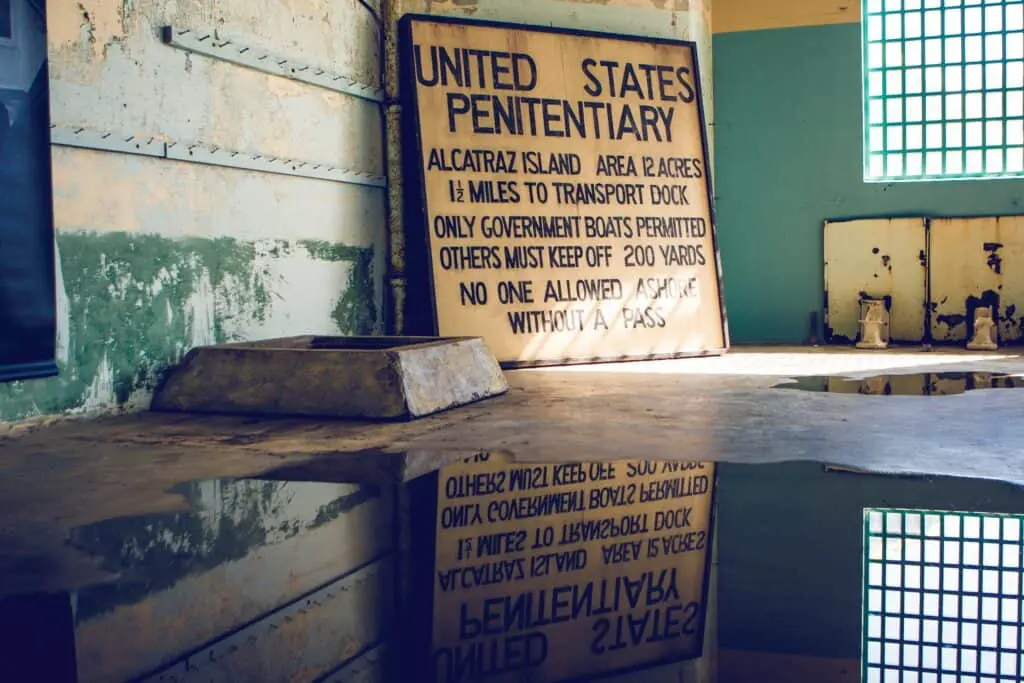
The 4 men collected raincoats, fabric, and other materials and crafted a makeshift raft. They each also made a life preserver in case their boat failed. Paddles for the boat were made from stolen plywood. Once everything was prepared, they made their escape.
To avoid being caught missing, the prisoners made dummy heads using toothpaste, toilet paper, paint, and hair from the prison barbershop. They placed towels under the blankets on their beds and set the heads on their pillow to trick the guards into thinking they were asleep.
3 of the men escaped their cells, while the 4th got stuck and could not crawl through the air vent. The escaped prisoners climbed to the roof via the vents and dropped to the ground. They climbed over the perimeter fences, inflated the raft, and escaped on the San Francisco Bay.
The guards did not realise that 3 prisoners escaped until the following morning. Searches were held over the next 10 days by sea, air, and land. Scraps from the makeshift raft and lifejackets were found, but the prisoners were never located. It is debated whether or not they survived.
3 Brilliant Attractions at Alcatraz Prison
The Big Lockup: Mass Incarceration in the U.S.
Alcatraz Prison’s The Big Lockup exhibit connects history to the present. It focuses on the past use of Alcatraz Island as a penitentiary and compares it to America’s jails today. Visitors have the opportunity to hear stories from those who were incarcerated and their loved ones.
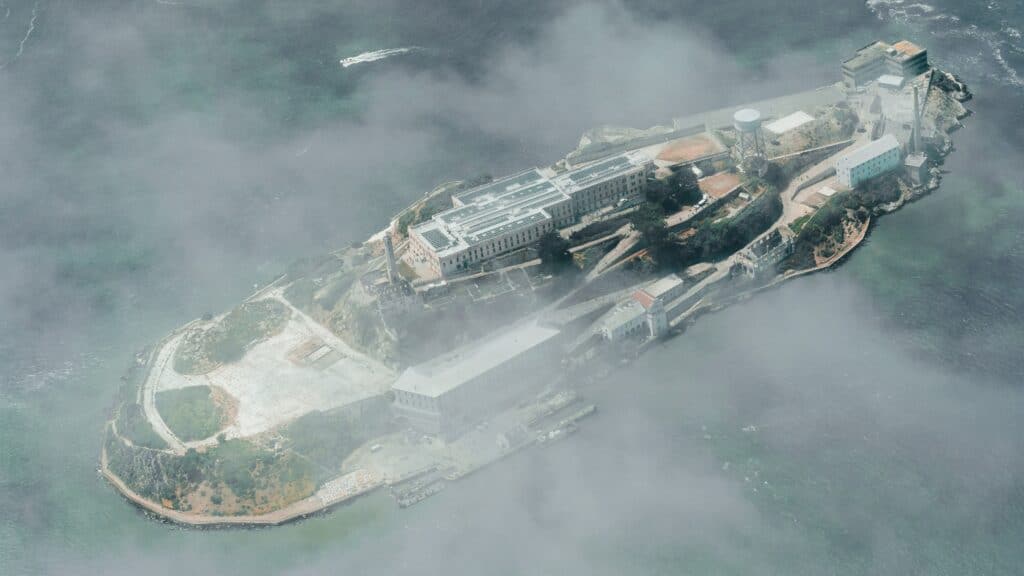
This attraction also dives deep into the extremely high incarceration rates of the present-day USA. It encourages guests to question why the United States has more prisoners than any other country and why most inmates are from African American, low-income, illiterate, and mentally ill communities.
The Big Lockup also looks at the sociological impacts of mass incarceration. Individuals, families, and whole communities suffer throughout the country because of this issue, yet no significant actions are being done to fix it.
This exhibit is very informative and educational. It is thought-provoking and dares viewers to question how things are done across society. By combining historical accounts and perspectives with current events and issues, The Big Lockup is a must-see at Alcatraz Prison.
Formerly Incarcerated Speakers Series
Alcatraz Island is dedicated to supporting formerly incarcerated people and highlighting their stories through the Formerly Incarcerated Speakers Series. As one of the only areas under the National Park Service that discusses mass incarceration, Alcatraz Island has the unique opportunity to raise awareness for this topic.
This event is held biweekly on the island and provides a platform for formerly incarcerated people to discuss their experiences and the lasting consequences they experience. For anyone visiting Alcatraz Prison, having the opportunity to hear the stories of formerly incarcerated people is eye-opening and thought-provoking.
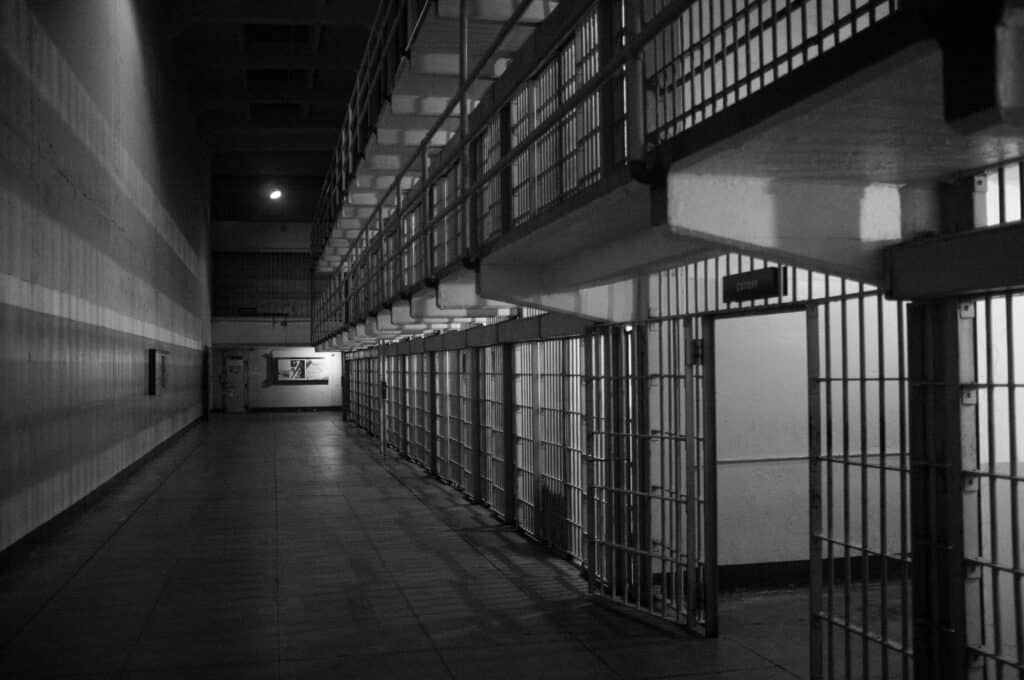
Tours of Alcatraz Prison
Tours at Alcatraz Prison give visitors more insight into the history of the island and the people who were incarcerated there. Many different tours are available that visit different areas and stories.
The standard guided tour is hosted by staff and volunteers. These tours lead guests through the buildings on Alcatraz Island and discuss stories of inmates, civil war battles, and more. Information on events and guest speakers is also provided on this tour.
Night Tours on Alcatraz Island have a different mood and tone than the daytime tours. The prison cells feel eerie as groups wander the prison halls at night and hear stories about the most infamous prisoners to live there.
Cell door demonstrations and dim corridors may heighten the senses during the evening tours. The professional guides will take groups into the cells to get a closer look and tell new stories each night to keep guests on their toes.
Self-guided tours are also available at Alcatraz Prison. Audio tours available in 10 different languages are provided to guests who want to explore at their own pace. The audio tour features information about the cell house on the island and stories from the prison.
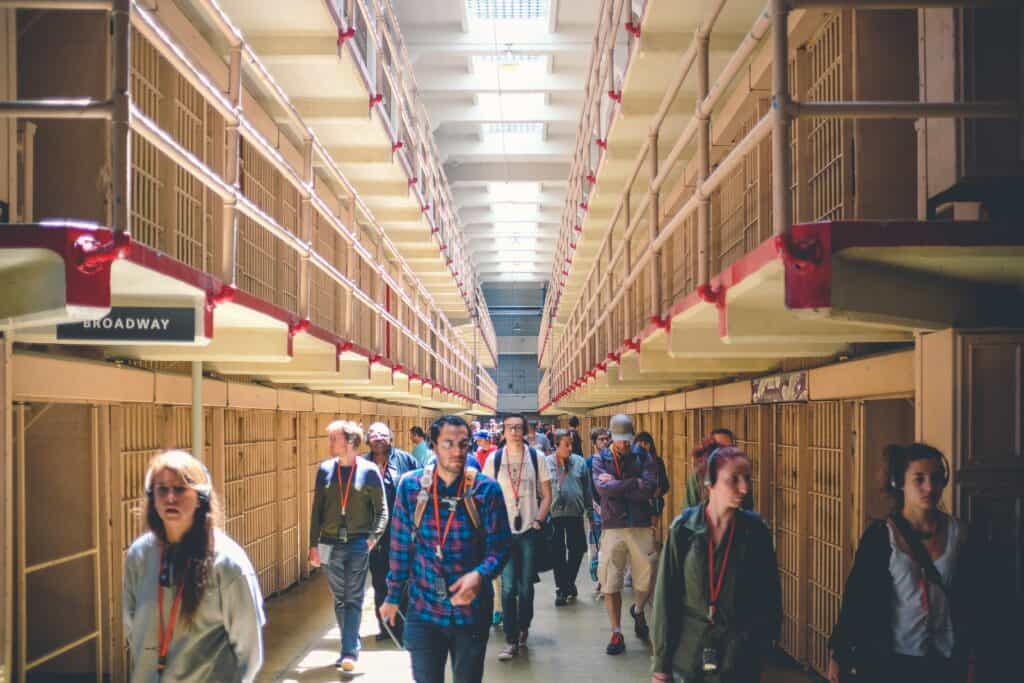
Alcatraz Prison is a Fascinating Destination
Surrounded by the San Francisco Bay waves, Alcatraz Prison has a deep and interesting history. From a Civil War Fort to a museum dedicated to supporting formerly incarcerated people, the prison is one of California’s best places to visit.
Whether you’re fascinated by the prison’s past or want to learn more about how to build a better future, there’s something for everyone on Alcatraz Island.
If you’re planning a trip to California, check out our list of 11 Exciting Things to do in San Francisco.






